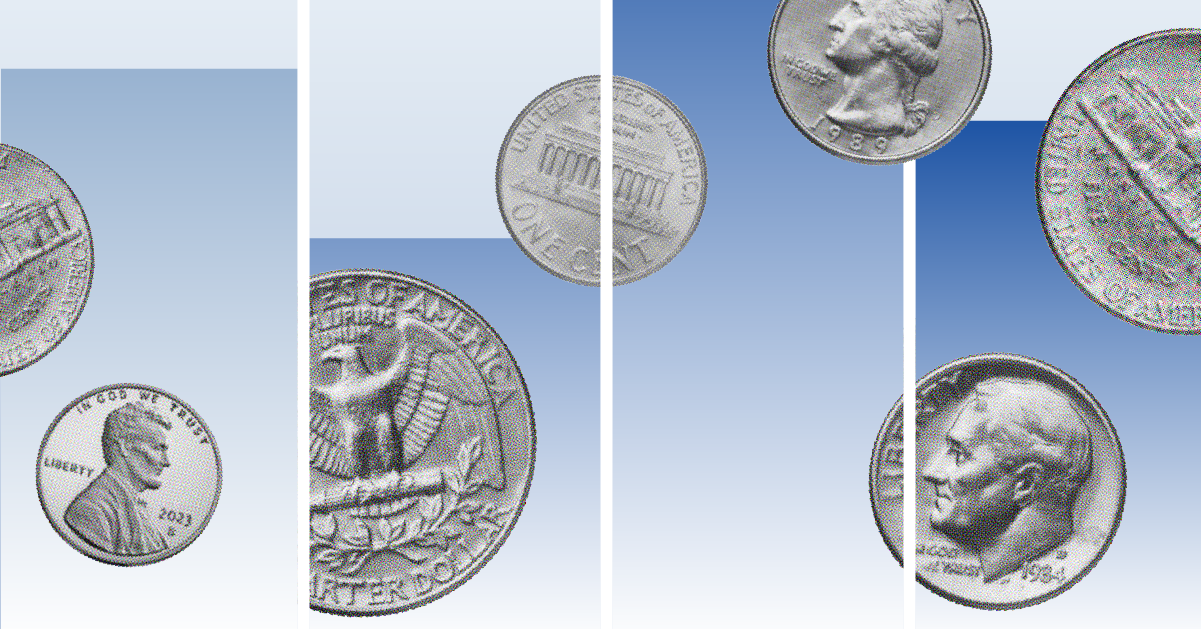Emma Wall: Hello, and welcome to Morningstar series, "Why Should I Invest With You?" I'm Emma Wall and I'm joined today by Carmignac's Michael Hulme.
Hi, Michael.
Michael Hulme: Hi, Emma.
Wall: So, we're here today to talk about commodities. That’s your bag. I thought we'd start with that headline grabbing commodity, gold. Gold has hit the headlines this week because $2.3 billion worth of gold ETFs have been sold as gold hit a five-year low. How much further can gold can go and should we care?
Hulme: Very interesting question. Yes, gold has certainly lost some of its luster recently and I guess, many people are asking the question, is it foolish to invest in gold? I think gold still has a place in portfolios. I think gold, in particular, has a place in high net worth individual's portfolios and I think there were several reasons for that.
Gold is really an insurance policy against systemic risk in the financial system now. While it's been nearly seven years since the last melt down, given the jitters we've seen in China recently and the ongoing concerns about leverage and credit worthiness globally, I still think gold has a role to play as a modicum of insurance policy.
I think that’s compounded by the fact that although we've seen a lot of sales of gold, actually if you look at China recently, over the last several years they've actually been increasing their stocks of gold and adding to them over time. And I think the prudent investor -- while you can make a case for saying gold is actually any worth as much as anyone thinks it should be worth, but the prudent investor might take heed of the fact that what the Chinese are doing. Yes, they are devaluating and to a certain extent that’s exporting deflation.
But actually overall across the world what we're seeing is a series of competitive devaluations, and ultimately they are inflationary in terms of (fear of) currency. So what we will see over time, I think is a reasonable chance that we'll see an inflationary risk rising across the spectrum. There are also risks obviously of a more systematic nature. In that context, I think certainly from a technical perspective, gold looks quite intriguing here.
Wall: And then perhaps from the precious metal to black gold, it's been more than a year since the oil price started to tumble. Where do we go from here?
Hulme: I think patience is the word really. I think when we last spoke I may have mentioned that it is going to take time for this to run through the system. I think many analysts have been overly optimistic about production correcting in the U.S. that excess growth from the shales is taking really a longer amount of time than most people realize and that’s because productivity gains have been made and improvements have been and you can do a lot more with your rigs.
Now, I think that will run its course and ultimately it is a relatively finite results to shale. You can find relatively small pockets of Texas and North Dakota where you've seen great growth over recent years and there is going to be probably another six months before we really see major declines in those basins.
At the same time, I think what analysts have taken their eyes off is really the deferral of major projects outside the U.S., big offshore projects, and that really takes time to impact the supply cycle because you've got a sort of rolling production line of these projects, and they all have 6 or 7 years of maturation phase. So, we're still seeing incremental production from historic projects. In terms of new projects, it was really going to be next year where we see the fall-off occur.
Finally, Emma, I think eyes are on OPEC because obviously we're almost a year into the Saudi policy of increasing market share. Saudi is producing at an expanded rate. They are obviously cognizant of the challenges, not just of the U.S. shale, but also of their rivalry with their neighbor Iran and the potential from production from Iran. Notwithstanding that I think we may start to see changes to Saudi policy in the coming months.
There is some rumors of the pending retirement of al-Naimi, will we then see perhaps a slight adjustment to the market share at any price policy. I think it's possible. Saudi has generally been relatively agnostic in the last year about prices at or above $60. But if prices remain below $60 for a considerable amount of time, I'd expect them to act, not necessarily blowing trumpets at the same time, but still see some changes.
Wall: So watch this space.
Hulme: Exactly, just stay patient and take heed of potential valuation upsides in many of the names that we look out.
Wall: Michael, thank you very much.
Hulme: Thanks, Emma.
Wall: This is Emma Wall for Morningstar. Thank you for watching.





























